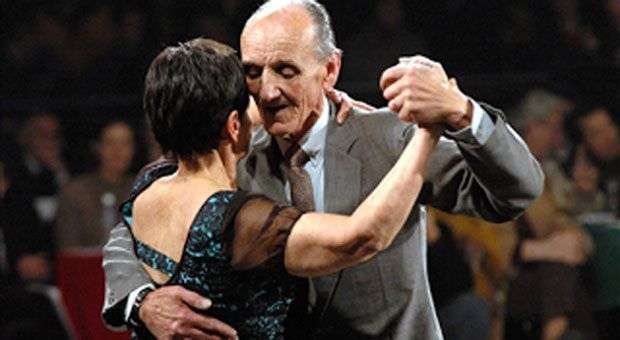One of the last times I was in Havana I applauded our tremendous bolero singer Manolo del Valle. This summer, the man who plays so well that leap of faith that many have repeated at least once (“I will not give up your love”) performed in Miami.
The bolero is part of the sentimental education of many of the Cubans. The unforgettable Helio Orovio and other musical sages have left definitions, established procedures and clarified the sweet face of the genre. I’m just a lover, one of many in the gloom of the tables in the cabaret or the humble but empowering intimacy that the radio fosters and Bolero accentuated.
My experience debunks two of the topics that have surrounded the use of boleros. It is said to be a genre for people over forty. I learned lyrics; I destroyed melodies and followed its best performers since adolescence. People also linked for years love and bolero, and the company of drinks. For a quarter century I was part of the troops of rum “long drinkers”. It is true that there abound lovers of the bitter boleros. In my case, I have lived for eleven years without a drop of alcohol, and I’m still chasing boleros with equal fervor.
From that vocation of homey fan, the eagerness of minor league connoisseur I got to a classification which hitherto I have shared in conversations with friends. Bolero is good, serious, and important. They are those that make radio old school broadcasters say “bolero’s bolero”. And there is the ineffable, cute, funny bolero. The diminutive is linked, in my rustic cataloging to is dancing character. “And the bolerón?” often friends ask. Well, there are thicker, catastrophic, frightful lyrics immediately added to that group.
Now a classic bolero-or even a naughty bolerito-can lead to a bolerón if the consumer is through bad times or suffer pangs of love. For instance, that of “Bolero-time conversation …” I’ve seen it work in the dance side and make way for a good reconciliation. Also proposing Dialogue to that woman that “you cannot talk to” that answers sometimes angry and – very strong she is! – “Other times she doesn’t even answer,” I have seen it in a man who repeats to his shadow his impossible dialogue, covered in melody and music: “Oh, what a woman!”
We had great boleristas whose career has been forged with the sturdy company of prodigious orchestras. In this team the great Benny Moré, Laíto Sureda, Orestes Macías or Tito Gomez highlight. The latter was my neighbor and I keep a story that I cannot but say now. Tito and I bought bread-the regulated, that of the ration-in the same bakery on San Lazaro street. More than once I saw him, a few steps ahead of me, receiving with all humility in the world and share what belonged to his family. One of the ladies who sold the bread turned out to be fanatical singer. And before handing the vital few food units she used to sing: “Tito, it has to beeeee …” and not let go the three or four loaves in his hands until the artist did not answer, quietly but well-toned-“someone like you. “
Today I want to celebrate, rather than the classics mentioned, other architects of the bolero with fewer accompaniments, those who went from town to town with the only support of a guitar or piano or even the background music engraving and the solitary virtue of his voice, his repertoire, his style. I think Roberto Sanchez, who played-as well as Barbarito Diez-that classic is “On False” or Nestor del Castillo, which almost no one remembers but a lot liked in my town’s carnivals.
My dear colleague Pedro Herrera took me one day to the house of another name largely forgotten. Domingo Lugo interpreted as no one else “White Daisies”, another classic. Alongside the cassettes of Alvarez Guedes, that provided us a kind of smuggled laughter, were classics like Orlando Contreras and Orlando Vallejo who left Cuba long before the first romances in times of bolero of those born in the sixties. The melancholy, illusion, the need to avert the heartbreak, knows of no borders nor understands exclusions.










